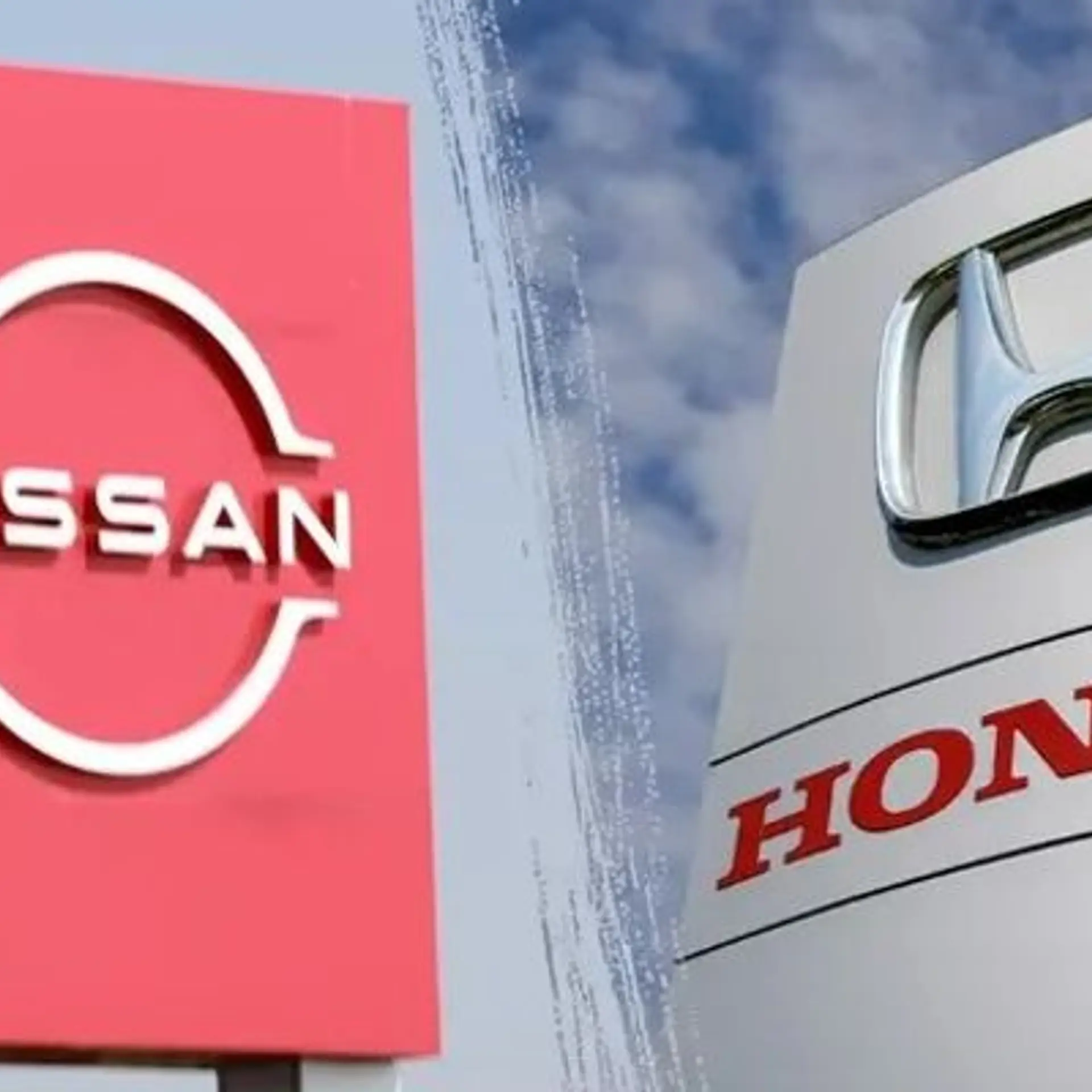Ola acquires geospatial services startup GeoSpoc
Bengaluru-based ride-hailing unicorn Ola aims to build next generation location technology services with the latest acquisition.
Bengaluru-based ride-hailing unicorn has acquired Pune-based geospatial services startup . Post acquisition, the Ola team will be building new geo location technologies.
Bhavish Aggarwal, Co-founder and Group CEO, Ola, made the announcement in the company blog and said:
"New mobility will see profound changes in the way people move. New vehicle form factors and modes of transport will transform our day-to-day lives. These fundamental changes will require investments in next-gen technologies, including location and geospatial technologies, and advancements in satellite imagery conversion into real-time maps as well as 3D, HD, and vector maps.

"Today, we are taking the first step towards this by acquiring GeoSpoc, India’s leading provider of geospatial services. Dhruva and his team of Geospatial scientists and engineers will be joining Ola to develop technologies, which will make mobility universally accessible, sustainable, personalised, and convenient, across shared and personal vehicles," said Bhavish.
He said, as shared and personal mobility penetrates to cover over 50 percent of India's population in the coming years, we will need:
- Accurate maps with high user context for beyond the first 100 million users.
- Multi-modal transportation options that has geospatial intelligence
- Maps to consider a 3D view of the world as aerial mobility models such as drones become more mainstream.
- Incorporating near real-time satellite imagery to provide a better understanding of road quality, as well as improvements such as avoiding poorly lit streets at night for safety – even if it is a faster route.
- Autonomous driving will need HD and 3D maps, which will offer superior visualisation, dynamic real time updates based on road, traffic and weather conditions.
Enhanced geo-spatial services will also go a long way in improving urban planning, including road networks, better public transportation, and pre-empt congestion spots. Bhavish added,
"We have the data and the expertise to build this utilising our deep understanding of consumer movements as well as our massive network of 2,3, and 4Ws that provide unprecedented geo-spatial details. We can layer this data with new sources such as satellite imagery and visual feeds from our network on-ground to build ‘Living Maps’ that embody the changing landscape of our world."
"I am thrilled to have Dhruva and his team join Ola and look forward to building the next generation of location technology for the world, right here from India," Bhavish said.
Edited by Megha Reddy



![[Funding alert] Ola Electric raises over $200M at $3B valuation](https://images.yourstory.com/cs/4/a9efa9c02dd911e9adc52d913c55075e/Imagezgcs-1631516166388.jpg?fm=png&auto=format&h=100&w=100&crop=entropy&fit=crop)




